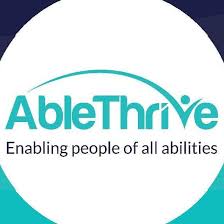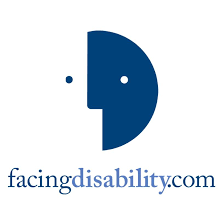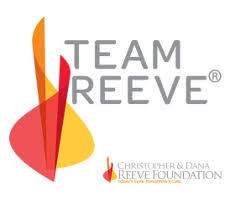 (This blog tells my family's story. To see more, click "blog" at the top of this webpage.) After my youngest daughter's spinal cord injury (C6-7), no one thought she could be in the water without someone holding her up — no one except Beth. “I really didn’t expect to ever be able to compete, so that surprised me,” Beth said. Seattle was a trip of firsts. At the Detroit airport, an agent asked about Beth’s wheelchair. No, she could not walk to her seat on the plane. No, she could not stand. What was an aisle chair? I moved Beth into one of the airport’s clunky wheelchairs. I folded her blue chair, duct taped it together, and watched it disappear on the conveyer belt with the luggage. Not my best idea. We should have kept her blue wheelchair until she boarded the plane, where it would be “gate-checked” with the baby strollers. The chair could still be damaged, but the odds were in our favor when it was on top of the pile as opposed to underneath. Less than a year after 9/11, heightened security reminded us of the threat of terrorism as we made our way to the gate. We found out that we would board first. Down the jet bridge, near the open door of the plane, I transferred Beth to an aisle chair, an odd seat with a width of about 15 inches that rolls on four tiny wheels. An employee fastened an abundance of straps before he pulled her backwards down the middle of the plane. We lifted her over the armrest to her seat. Things that don’t matter until they do: worrying about autonomic dysreflexia triggered by cabin pressure, bruising her lower leg from spasms hitting the bottom of the seat in front of her, apologizing to the passenger who had to crawl over Beth to get to their window seat, and staying seated for five hours. She held my hand while the plane took off. Neither one of us thought to lift and move her legs to reduce the threat of blood clots on that first long flight. Deboarding in Seattle, the procedure reversed. We waited for an aisle chair after the other passengers left. On the jet bridge, we borrowed another airline wheelchair to get to baggage claim. I grabbed Beth’s blue wheelchair off the conveyor, the chair that had traveled cross-country with luggage piled on top of it. The travel gods smiled on us: no major damage, just one bent brake lever. And no blood clots. The shuttle to get to our cheap rental car was not accessible. Instead of being lifted into the shuttle or taking a taxi with me to the rental car, Beth chose to stay in the airport while I left with the luggage and rushed back to pick her up. I took off the big wheels of her chair and put them in the backseat. The rest barely fit in the trunk of the economy car. With no GPS, I handed Beth printed Google map directions to help me navigate, nervous about my first rental car. She pointed out a striking sign. “I saw a billboard with a girl in a power chair and a Harvard graduation cap on,” Beth said. The caption simply said, “Quadriplegia at Harvard: A+.” We arrived at the pool in the afternoon for her classification appointment that attempted to even the playing field. Theoretically, competition would approach fairness by grouping those with similar physical function. The devil was in the details.
1 Comment
|
Cindy KolbeSign up for my Just Keep Swimming Newsletter by typing your email address in the box. Thanks!Categories
All
Archives
November 2022
|

 RSS Feed
RSS Feed











